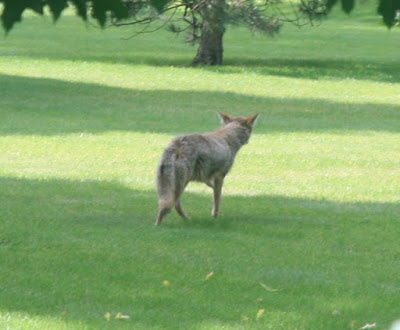Finally! A New version of the AL Bright Nebula Program list.
IN BRIEF- It's brighter--all the dimmest objects are gone
- It's clearer--most of the seemingly conflicting objects are gone
- It's buggy--there are a lot of duplicate items and typos, and a few head-scratchers remain
IN DETAIL
After almost two years of letting the Astronomical League's Bright Nebula Program suffer with an object list that was confusing and somewhat buggy, a new version is out. While the new list has some improvements, it continues the legacy of errors found in early versions.
Errors that should have been caught include:
- Six objects are on the list twice
- There remains one object on the list that is known to be a catalog error. (Is this intentional?)
- One object's existence is disputed (NGC 1990: is it a reflection nebula or simply glare?)
- Some designations are simply wrong. Examples include: Pickering's Triangular Wisp is given an NGC number that belongs to a galaxy; apparent typing errors assign incorrect catalog numbers to the western branch of the Veil, Struve's, Running Man, Eta Carinae and Barnard's Loop nebulae
- Unlike earlier versions that were ordered by RA, the new list appears to have been left in random order
- Two entries are given the same index number of 116
It's as if the list was never reviewed or proofread. It's definitely not up to the AL standards to which I've grown accustomed.
One upshot of the errors is that there are actually only 143 or 144 objects (depending on whether the disputed object is retained) in a list that is claimed to have 150 objects.
Despite its smaller size, the new form of the program is much easier to complete. Gone are the objects in Lynds brightness categories 5 and 6. Most of the 4s have been dropped, too. There are also fewer objects so far south that they're unavailable to northern observers/imagers. The loss of objects is countered with a lot of new reflection nebulae; these won't be all that easy to image from urban locations, but my guess is that they're not as difficult as imaging Lynds brightness 5 and 6 objects.
Other improvements long overdue are the resolution of some of the problematic designations like NGC 6526. The confusing object assignments for the Cat's Paw, Gamma Cass, Heart, Butterfly, and Pelican nebulae areas have been dealt with. There's still an issue with the Seagull, but progress has been made.
The list difficulty is so different now it will be interesting to see if the award numbering system is reinitialized. On a related note, the certificate number I have on paper continues to be different from the one the AL reports on its web page. I doubt it will ever be fixed.
One final comment: It would have been nice if the program coordinator had thanked those of us who completed the old form of the program and essentially acted as beta testers.
I'm currently working on a corrected object list that will be in PDF and spreadsheet formats. I'll post a download link here as soon as it's ready.


